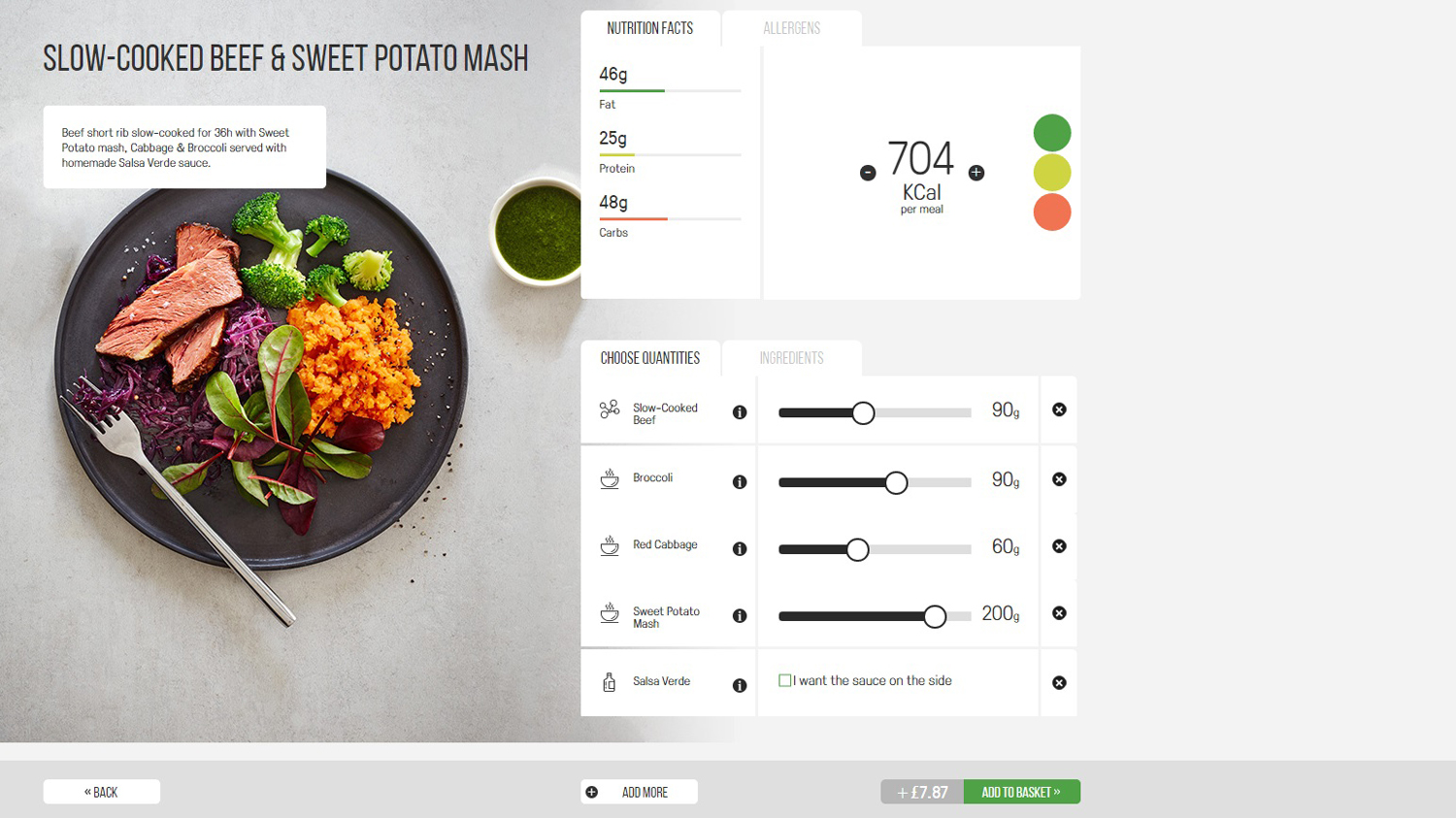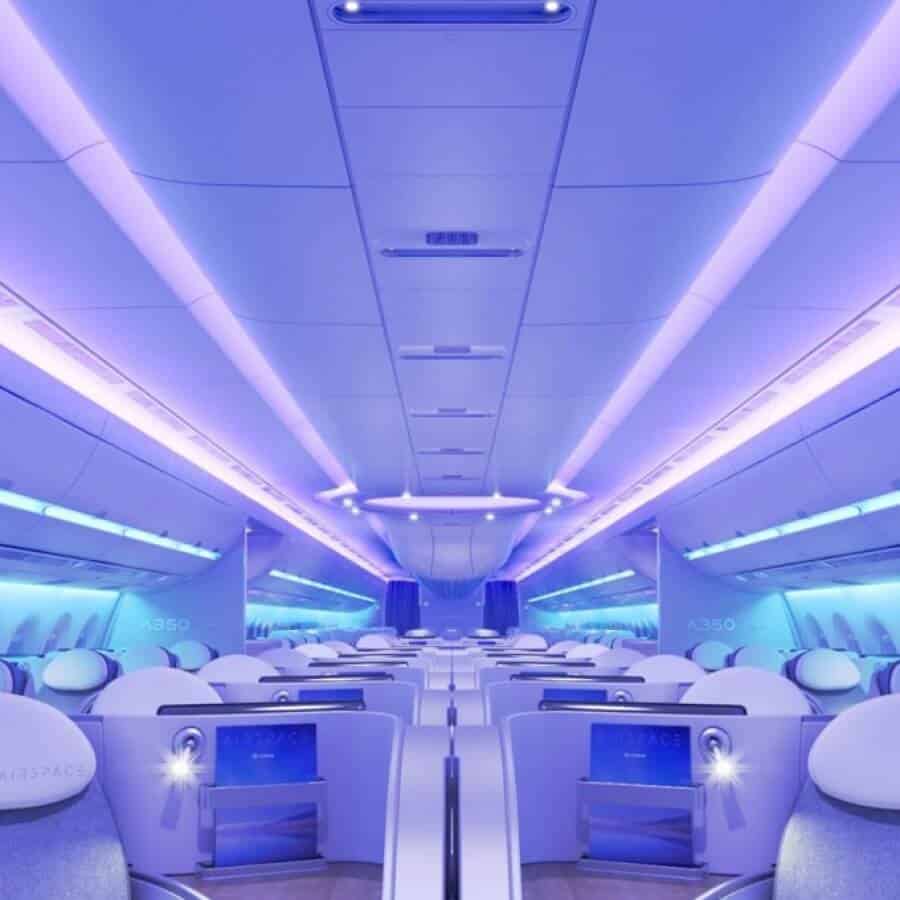Millions of people live in societies of once undreamed affluence. Things that were once thought of as extraordinary are now ordinary. The economy of experiences has turned the amazing into the expected. Our digitally connected world has widened the scope of people’s lives in terms of access to resources and knowledge. We are now on a quest towards human betterment, and there are a number of exciting innovations that are leading us down this path.
Health and wellness will not only play a more important role in how consumers live but also measure their lives in the coming years. That’s why every brand should be asking two key questions. How are expectations around health and wellness evolving? How can we meet those expectations – and help people fulfill their dreams of being better humans? These three trends are defining the future of betterment in 2016 and beyond.
Ambient Wellness
Everybody wants to be healthy, but not everybody wants to take the necessary steps to become healthy. The world of health and wellness is full of good intentions. We think, “I’ll start working out next week” or “Tomorrow I’ll eat better” but few of us actually do it.
As we become more aware of the harmful effects of our environment, we are relying more heavily on the brands we love to embed innovative, health-boosting technologies into the world around us. These “Ambient Wellness” initiatives not only help offset damage to health and wellness but may even produce a set of entirely new, health-positive effects (often with zero effort required).
A great example of this comes from, Kit Kat, a popular brand of candy which ran a campaign that offered free massages via billboards in Columbia. Each time somebody used a word such as ‘tired’ or ‘stressed’ on Twitter, they would receive an instant reply showing the location of the nearest Kit-Kat billboard on Google Maps.
Another example comes from Qatar Airways which recently unveiled a new airplane that fights the harmful effects of jet lag. The airplane is fitted with LED lights that change their color temperature to mimic the sun’s glow, coinciding with passengers’ natural circadian rhythms.
What negative health impacts do customers or clients typically endure and how can your business help alleviate them?
Calibrated Health

We are entering into an age of individualization when it comes to health and wellness. In the future, more consumers will seek personalized experiences from custom fitness regimens to dietary advice.
One example of this comes from Vita Mojo, a salad restaurant in the UK which is built around the idea of personalized food. Using in-store iPads, diners at Vita Mojo can choose the ingredients of their salad, and then use sliding bars to specify how many grams of each ingredient they want. Dynamic charts automatically show how this affects the meal’s nutritional content, and the price.
Another great example of this trend is an app called, Design My Day which is designed to help those who are feeling depressed, unmotivated or uninspired to schedule their day. The platform (currently in beta) provides access to thousands of crowdsourced and peer reviewed ideas for meaningful activities based on how a user is feeling. Users can choose from the ideas to design a personalized daily schedule intended to promote mental wellbeing.
Remember, offering some “Calibrated Health” doesn’t necessarily mean you have to use cutting-edge technology. It is more about serving the expectation of personalized products or services. How can you help customers manage their health by calibrating what you have to offer?
Virtual Actualization
In 2016, virtual reality finally becomes real for millions of consumers, but digital tech hasn’t turned us into superhumans yet. Many consumers have learned through experience that more wristbands, tracking devices and smart objects aren’t necessarily the answer to better health. They are now looking to virtual reality to offer a new and broader take on wellness. Yes, that means physical fitness, but also emotional wellbeing, cognitive performance and personal growth.
One awesome example of this comes from a company called VirZoom which recently unveiled a new stationary exercise bike that connects with virtual reality platforms. By allowing users to plug into virtual reality devices it is meant to make exercising more immersive and fun. Users can choose from a variety of games including horse-riding or auto racing to make their workout more engaging.
Samsung also employed this trend with the launch of their Be Fearless campaign. The campaign helped a number of people overcome their fear of heights or public speaking using virtual reality. Participants took a four week virtual reality training course to empower them to confront their fear and find ways to overcome it.
A countless number of brands will ride the virtual reality wave in the future. How do you think your brand might one day use virtual reality to make people better?
Support us!
All your donations will be used to pay the magazine’s journalists and to support the ongoing costs of maintaining the site.
Share this post
Interested in co-operating with us?
We are open to co-operation from writers and businesses alike. You can reach us on our email at [email protected]/[email protected] and we will get back to you as quick as we can.









